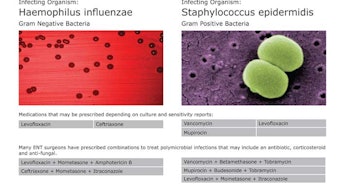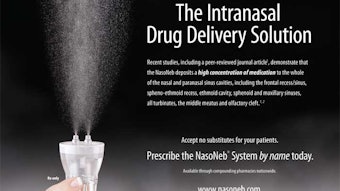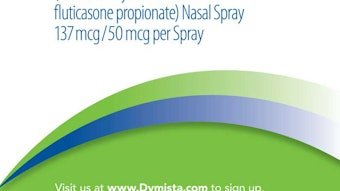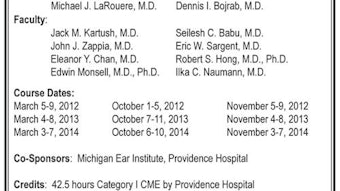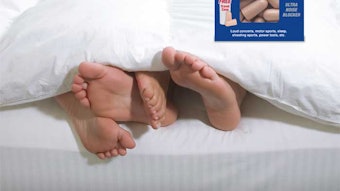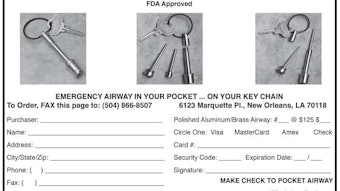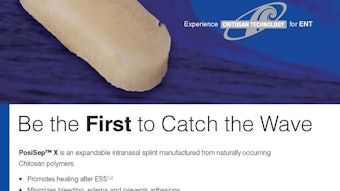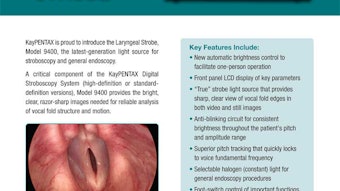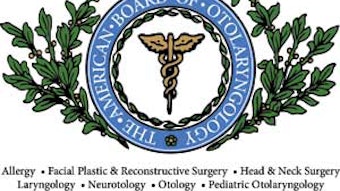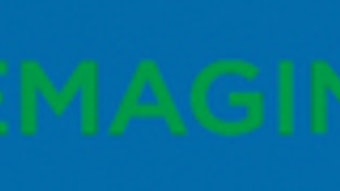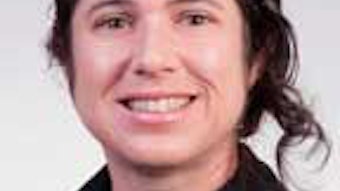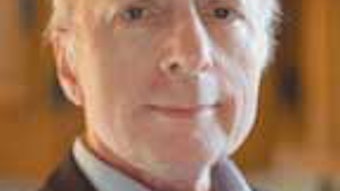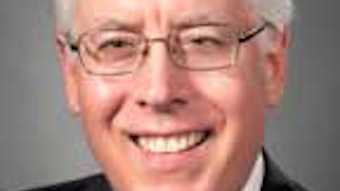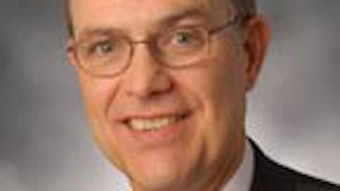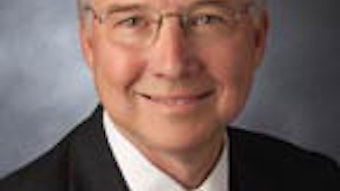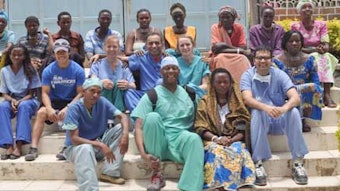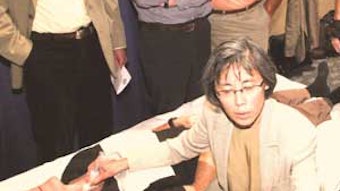Making a Difference in the Philippines
Ethan B. Handler, MD Kaiser Permanente-Oakland, CA Our Bay Area Surgical Mission (BASM) team, led by Raul M. Cruz, MD, left San Francisco for Manila, in the Philippines, at about 11:00 pm on February 9. Seventy large boxes overflowing with medical supplies rode in the belly of the plane. Total flight time was 20 hours, capped by a four-hour bus ride on rugged terrain, to finally arrive at our destination, Daet, in the Camarines Norte province. Daet is a frenetic town of more than 100,000 people. It bubbled with life, with street traffic littered with hundreds of motorcycles rigged to colorful sidecars. Our accommodations were comfortable, located a few blocks from a windblown beach famous for kite surfing, and a few kilometers from the hospital. We arrived Saturday afternoon, with Friday becoming a day that existed only in our minds. Sunday morning we were awake and working, furiously unpacking supplies, setting up the two connecting operating rooms to house a total of four OR tables. The local government was generous to grant us use of their Provincial Hospital for our mission. After unpacking we went downstairs to evaluate the packed clinic for surgical candidates. Filipinos traveled from a variety of provinces, alerted to the medical mission by radio and television broadcasts, and ragged billboards. The majority of our head and neck cases were subtotal and hemi-thyroidectomies. In addition, a few thyroglossal duct excisions were performed. No mass was under 5 cm. The bovie/bipolar machine worked sporadically and at one point the electrical arc melted the bovie tip. Right outside the OR doors was the designated “procedure room,” although in reality it was a musty hallway. Lighting for these cases came from infant warmers. This was epidermal inclusion cyst heaven. The largest was a 10 cm mass on the posterior scalp, successfully excised without bursting. Every patient was beyond thankful and gracious. Even when offered pain medication, they would seldom take it. The recovery area and patient rooms consisted of 85°F, 100-percent humidity rooms with patients and their families crammed onto cots. Yet nobody complained. Their stoicism and strong will was an example for all of us, and a point to remember. We operated full days, all week long. Our nights were packed with various hosted events sponsored by local organizations. Everyone was gracious. I feel blessed to have spent time with these people, inspired by their courage and resiliency, thanks to the AAO-HNSF travel grant. I’m always amazed and thankful as to how close you become with others when sharing an experience such as this one. Without a doubt, I would go back in a heartbeat.
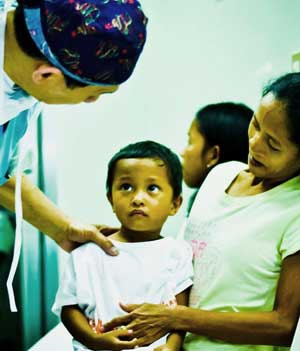 A 4-year-old boy in pre-operative area waits for a thyroglossal duct cyst excision
A 4-year-old boy in pre-operative area waits for a thyroglossal duct cyst excisionEthan B. Handler, MD
Kaiser Permanente-Oakland, CA
Our Bay Area Surgical Mission (BASM) team, led by Raul M. Cruz, MD, left San Francisco for Manila, in the Philippines, at about 11:00 pm on February 9. Seventy large boxes overflowing with medical supplies rode in the belly of the plane. Total flight time was 20 hours, capped by a four-hour bus ride on rugged terrain, to finally arrive at our destination, Daet, in the Camarines Norte province. Daet is a frenetic town of more than 100,000 people. It bubbled with life, with street traffic littered with hundreds of motorcycles rigged to colorful sidecars.
Our accommodations were comfortable, located a few blocks from a windblown beach famous for kite surfing, and a few kilometers from the hospital. We arrived Saturday afternoon, with Friday becoming a day that existed only in our minds.
Sunday morning we were awake and working, furiously unpacking supplies, setting up the two connecting operating rooms to house a total of four OR tables. The local government was generous to grant us use of their Provincial Hospital for our mission.
After unpacking we went downstairs to evaluate the packed clinic for surgical candidates. Filipinos traveled from a variety of provinces, alerted to the medical mission by radio and television broadcasts, and ragged billboards.
The majority of our head and neck cases were subtotal and hemi-thyroidectomies. In addition, a few thyroglossal duct excisions were performed. No mass was under 5 cm. The bovie/bipolar machine worked sporadically and at one point the electrical arc melted the bovie tip.
Right outside the OR doors was the designated “procedure room,” although in reality it was a musty hallway. Lighting for these cases came from infant warmers. This was epidermal inclusion cyst heaven. The largest was a 10 cm mass on the posterior scalp, successfully excised without bursting.
Every patient was beyond thankful and gracious. Even when offered pain medication, they would seldom take it. The recovery area and patient rooms consisted of 85°F, 100-percent humidity rooms with patients and their families crammed onto cots. Yet nobody complained. Their stoicism and strong will was an example for all of us, and a point to remember.
We operated full days, all week long. Our nights were packed with various hosted events sponsored by local organizations. Everyone was gracious. I feel blessed to have spent time with these people, inspired by their courage and resiliency, thanks to the AAO-HNSF travel grant.
I’m always amazed and thankful as to how close you become with others when sharing an experience such as this one. Without a doubt, I would go back in a heartbeat.
